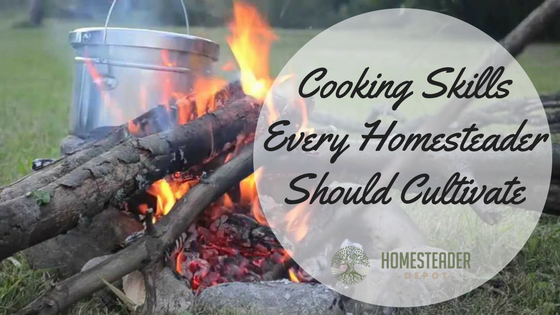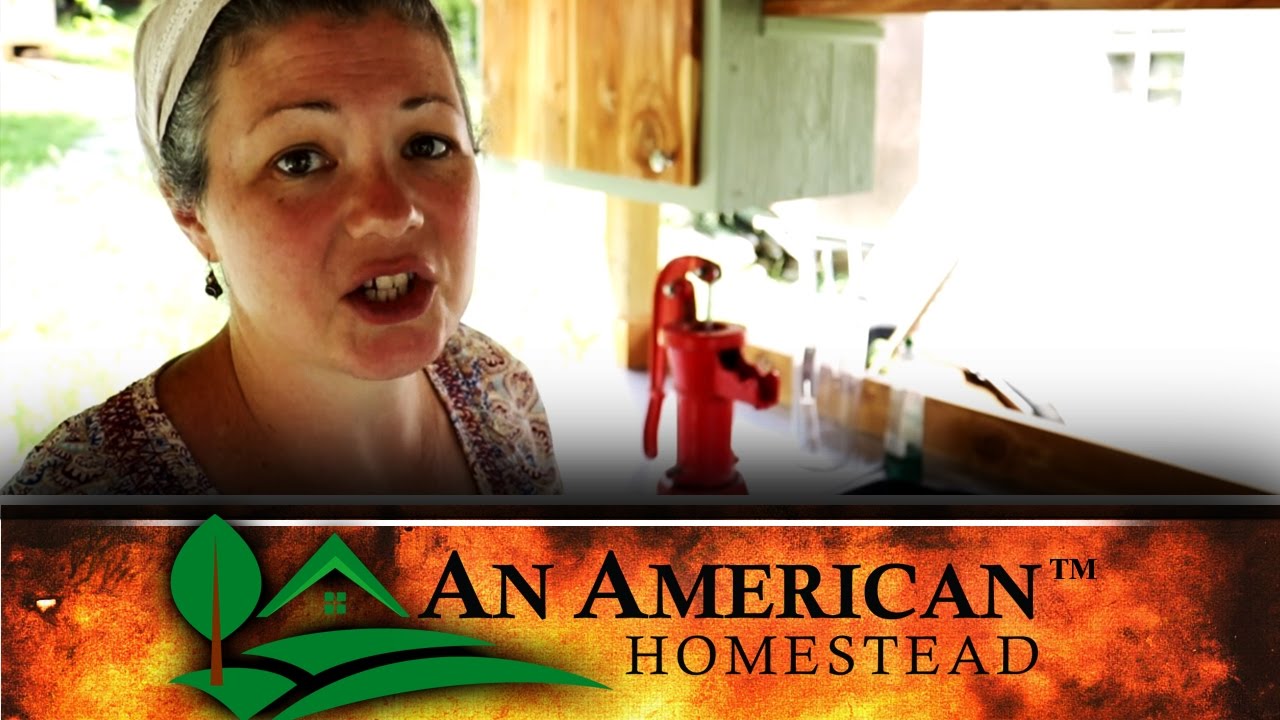What’s Edible in Your Area?
If you had to rely on the land around you to sustain and nourish you during a disaster or a crisis, would you know what to look for? If you own your own property, from a small home in the suburbs to a sprawling homestead in the country, it’s very important to know what grows … Read more








